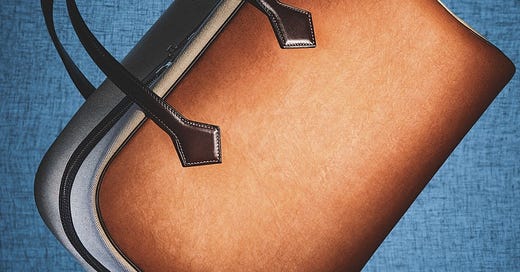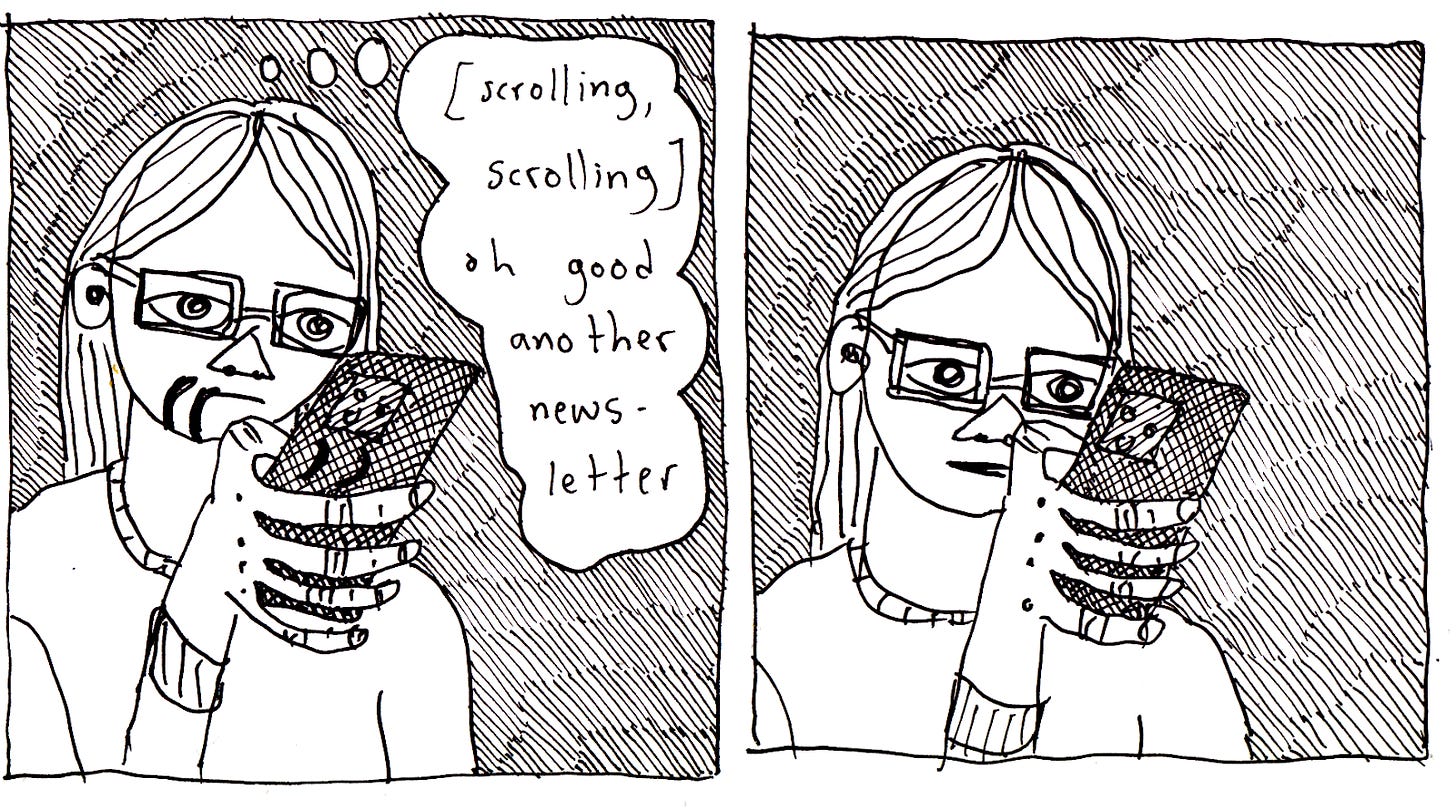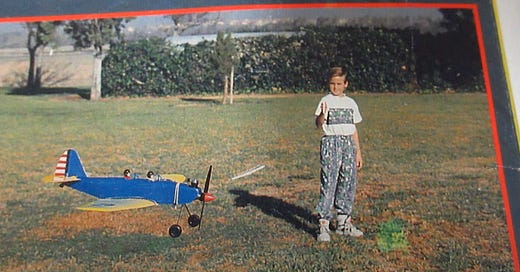
Colin here. Back in 2015 I moderated a SXSW discussion on the future of fabrics. It was an opportunity to look forward and imagine how changes in fabric technology would “change the way we dress ourselves and how designers make everything from everyday fashion to haute couture.” I was joined by Abe Burmeister of Outlier, a good friend (and WITI contributor) who has been experimenting with technical fabrics for over a decade, as well as Billie Whitehouse of WearableX and Rebeccah Pailes-Friedman, a professor Industrial & Fashion Design at Pratt Institute. We talked about everything from haptic technology being interwoven into fabric to provide a sensory response to fabrics that emulate the characteristics of nature. Spider webs were an interesting point of conversation that just a few years ago came to life in artificial form:
Now, researchers at the University of Cambridge have created a new material that mimics spider silk’s strength, stretchiness and energy-absorbing capacity. This material offers the possibility of improving on products from bike helmets to parachutes to bulletproof jackets to airplane wings. Perhaps its most impressive property? It’s 98 percent water. … The lab-made fibers are created from a material called a hydrogel, which is 98 percent water and 2 percent silica and cellulose, the latter two held together by cucurbiturils, molecules that serve as “handcuffs.” The silica and cellulose fibers can be pulled from the hydrogel. After 30 seconds or so, the water evaporates, leaving behind only the strong, stretchy thread.
While spider webs are obviously an animal byproduct, we also talked about the future possibilities of lab-grown leather. Beyond the harm done to animals to make it, leather also carries with it a heavy environmental impact from both the animals themselves as well as the tanning process, which relies on some nasty stuff. “An estimated 80 to 90 percent of leather is treated with chromium,” according to Vogue, “a toxic chemical that can pollute waterways if not disposed of properly, and that can also harm the health of workers who use it.”
Why is this interesting?
Since that conversation I’ve been following the developments of lab-grown leather with interest. Bolt Threads has been working on a product “produced by growing fungal cells into mycelium — or mushroom roots — and feeding it sawdust.” And Modern Meadow has pioneered a process that involves fermenting yeast to grow collagen, the main protein found in leather.
According to the Vogue deep-dive: “Still, gaining the backing of major brands, in addition to those already on board as part of the consortium, is crucial in the company’s mission to replace traditional cow hide across the industry…”
A major inflection point was just announced. It comes from the French luxury house Hermes. According to Robb Report:
Hermès just sprouted a novel vegan leather alternative that will soon be used to fashion at least one of its storied accessories. The storied French luxury house has partnered with California-based start-up MycoWorks to develop a sustainable textile made from… Mushrooms. The fungi-derived fabric, known as Sylvania, is billed as “the exemplar of a new generation of biotech materials.” It will first appear on an eco-friendly version of the classic Victoria travel bag, alongside elements of canvas and calfskin. Three years in the making, Sylvania is based on MycoWorks’s patented Fine Mycelium technology. To make it, the company grows mycelium—the network of filaments in fungus—in a way that emulates traditional leather. This process creates an interlocking cellular structure which reportedly gives the material strength and durability akin to cow skin. Sylvania will be manufactured in MycoWorks’s California facility and then shipped to the Hermès ateliers in France. There, skilled artisans will tan and finish the faux leather before crafting it into sought-after collectibles.
This is seismic. For arguably one of the most iconic leather brands to make a foray into mushroom-based leather will certainly be the opening salvo that sees traditional luxury houses, long studied in the painstaking and often damaging processes of leather, branch out into the future. And for a brand with the gravitas of the Hermes name to be one of the first movers is extremely satisfying to see. (CJN)
Friend’s Newsletter of the Day
Are you interested in brief, sometimes humorous nonfiction stories told in comics? Check out my newsletter, Drawing Links. I'm Edith Zimmerman, and some themes I return to are: running, knitting, being online, and contemplating existence. If you like it, WITI readers get 20% off a paid subscription (originally $5/month or $40/year) by using this special link. Thanks! (EZ)
Quick links:
Onassis lived large (CJN)
Learn how to tie literally any knot (CJN)
A sign of things to come? Residents lose coastal vistas to fortress-like tsunami walls (CJN)
Thanks for reading,
Noah (NRB) & Colin (CJN)
—
Why is this interesting? is a daily email from Noah Brier & Colin Nagy (and friends!) about interesting things. If you’ve enjoyed this edition, please consider forwarding it to a friend. If you’re reading it for the first time, consider subscribing (it’s free!).










